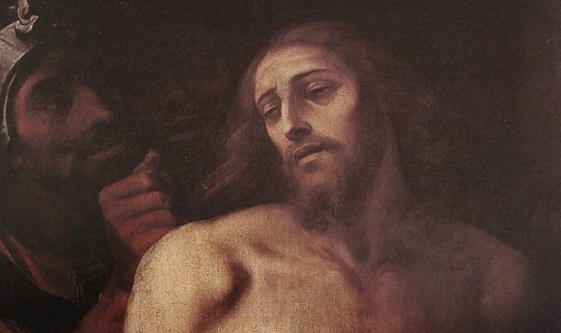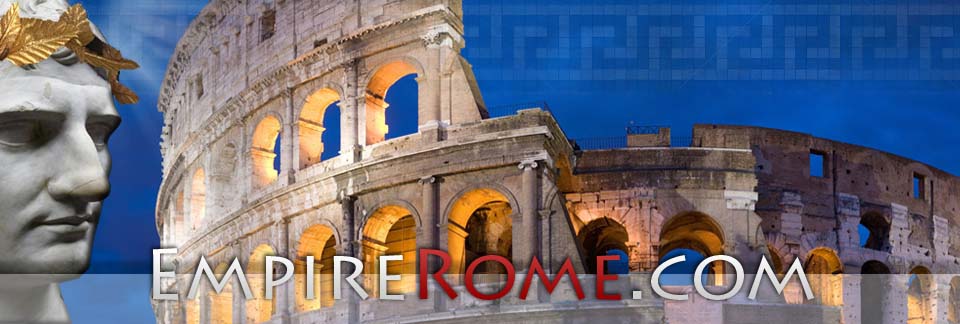
Christianity became the dominant religion in Ancient Rome during the reign of Constantine the Great (Constantine I, Saint Constantine). It was not until the later part of Ancient Rome when Christianity began sweeping through the Empire that Emperors were given divine statuses.
Prior to Christianity, during pagan times, Emperors were given divine status only after death. Divine status during the life of an Emperor was looked upon as a disgrace and was generally not allowed. Emperors would be killed if they claimed divinity as this was not the rite of the Emperor. Christian Emperors were considered substitutes of Christ on earth to the Ancient Roman citizens. They were thought to be part of God’s plan to Christianize the world into a monotheistic religion.
The divine status known as “pontifex maximus” was given to some Ancient Roman Emperors. Pontifex maximus was the highest priest in Ancient Rome. Before Christianity took hold in the Ancient Roman Empire, the role of the pontifex maxiums was to ensure the peace of the gods. As Emperors took on this title and duties, they were considered not only ruler but a high priest. However, this changed as the Roman Empire evolved and adopted Christianity.
Many Emperors were considered pontifex maximus. During the Ancient Roman Empire, politics and religion were intermingled. This inevitably led to some corruption within the religious and government systems. Pontifex maximus throughout the years took on different meanings and responsibilities. However, as Emperors took the title, it soon became just another title and was diluted. Emperors no longer took on the duties of the pontifex maximus as other religious leaders took on these responsibilities. This passing of responsibilities of the pontifex maxiums ultimately gave much power to the Catholic Church.

